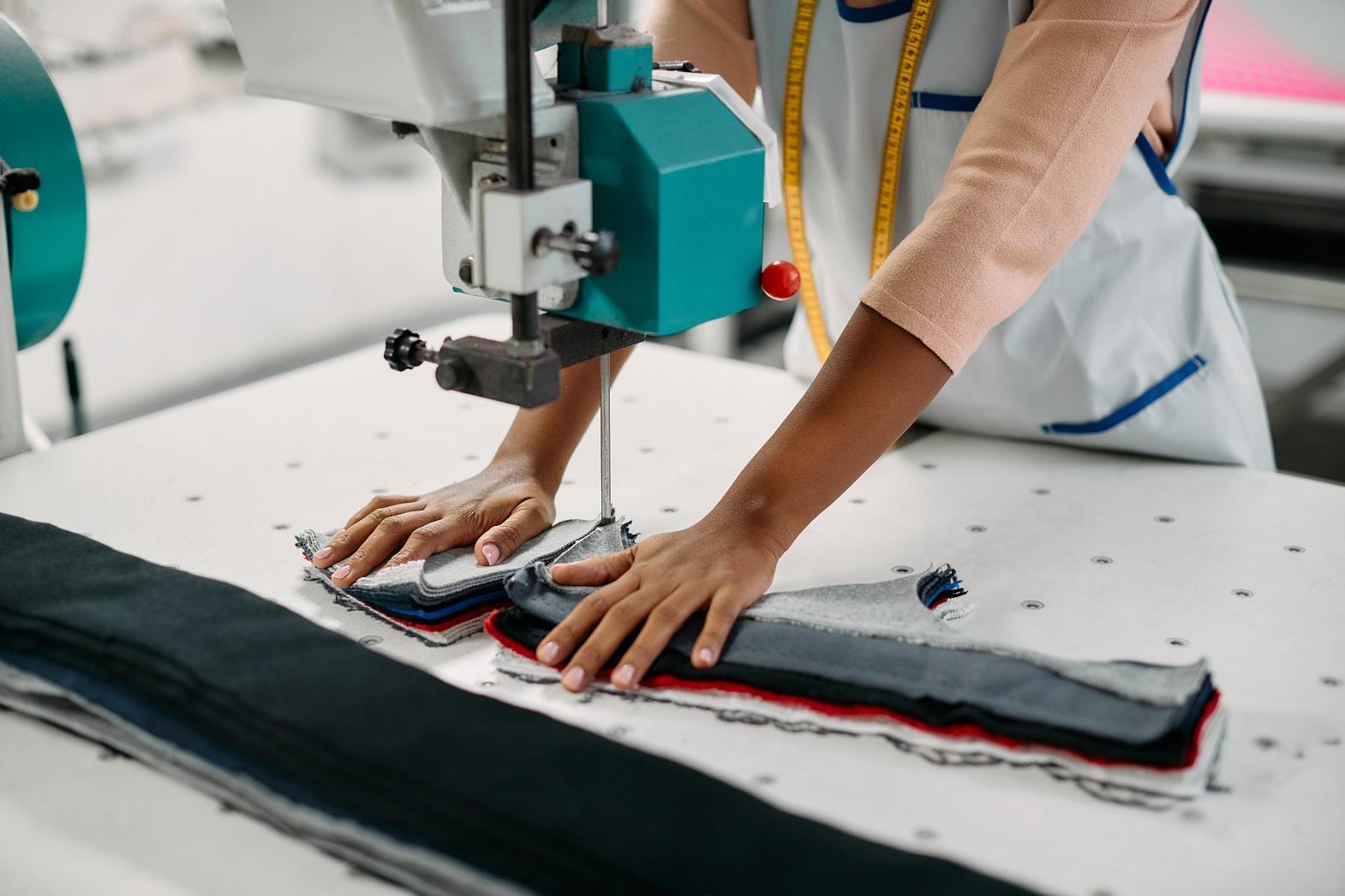Mixing these additives is a tricky task. Spinning line capacities are becoming increasingly large and are used to inject additives. Most of the latest setups for polyester have spinning lines that are directly linked to a common reactor. This kind of spinning line system is economically viable, but it lacks the flexibility of extruder spinning lines. In such a case, the role of additive injection and mixing systems is to help recover the lost flexibility.
The direct spinning lines have made it possible to initiate additives and masterbatches (i.e., color additives) into the melt path at different points between the reactor and the spinning positions. The number of units to be set up between the reactor and spinning lines can vary, and the injection unit can inject additives between 2 or more than 48 spinning positions. There can also be a radical increase in the variety of yarn to be manufactured simultaneously, as the units are already in operation in 2, 4, 12, and 24-position direct spinning lines.
The common additives that are injected include various color additives, flame retardants, UV stabilizers, etc. The most suitable position, quantity, and capacity of the additives are decided according to the size of the production batches and the frequency of order placement. Apart from this, it is also to be noted how many products are to be manufactured with regard to the color additive that is added.
It is also to be taken care that the additives or masterbatches are blended into the main polymer stream in steady and smooth manner so that the components are properly homogenised. A three dimensional dynamic mixer is used to carry out this task. The mixer contains arc-shaped cavities in the internal rotating section. These cavities together with the stationary cylindrical section divide the axial melt streams into extremely fine layers, which are constantly rearranged in the tangential and axial directions and then reunited. The mixer works on two basic principles of mixing, which are, the dispersive mixing effect and the distributive mixing effect. It ensures that the additive is mixed thoroughly. The distributive mixing improves spatial distribution of the components and dispersive mixing ensures that the additive is evenly spread and it avoids accumulation of additive at one place. The speed of the mixer can be changed as per requirement. However, low mixing energy can lead to poor uniformity and high energy can lead to high melt temperatures resulting into a high-pressure drop.
The mixer also consists of a metering screw section that allows the mixer to work almost without any pressure drop. The pressure generation encompassed in the screw section drops the pressure that is required for mixing. This makes certain that there is no need for additional booster pumps. The heating and cooling process in the mixers barrel is electrically controlled by the air blowers. The melt temperature can be influenced by heating or cooling the melt.
The additives that are used today have high pigment levels, which increase the chances of stagnation in several areas. The system contains special coating of the feeding extruder's screw and the melt path is designed to be as short and straight as possible. The discharge valve is easy to operate so that the feeding extruder can be flushed when one additive is substituted with another. The function of freezing valve is to separate the mixer from the additive supply so that during the production the addition of masterbatches or additives is not required. The best feature of these systems is that environment friendly dyes are used in the yarn. Additive injections and mixing systems are an answer to direct spinning lines even for the manufacture of very demanding types of dyed yarns that are used in the automotive industry.
Most of the spinning plants in developed and also the developing countries are using additive injections and mixing systems for better results.
References:
1. Ncbi.nlm.nih.gov
2. Innovationintextiles.com
3. Itechtextcm.blogspot.in








Comments